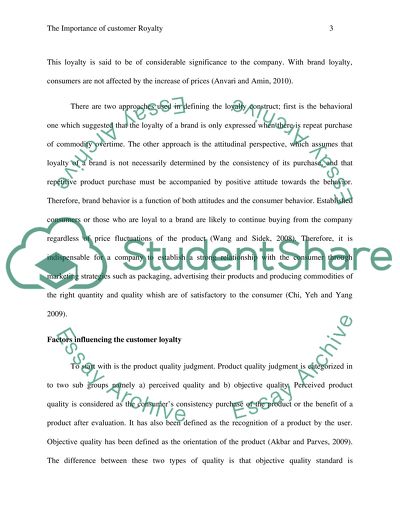Cite this document
(“The importance of customer loyalty Literature review”, n.d.)
Retrieved from https://studentshare.org/marketing/1395423-the-importance-of-customer-loyalty
Retrieved from https://studentshare.org/marketing/1395423-the-importance-of-customer-loyalty
(The Importance of Customer Loyalty Literature Review)
https://studentshare.org/marketing/1395423-the-importance-of-customer-loyalty.
https://studentshare.org/marketing/1395423-the-importance-of-customer-loyalty.
“The Importance of Customer Loyalty Literature Review”, n.d. https://studentshare.org/marketing/1395423-the-importance-of-customer-loyalty.


